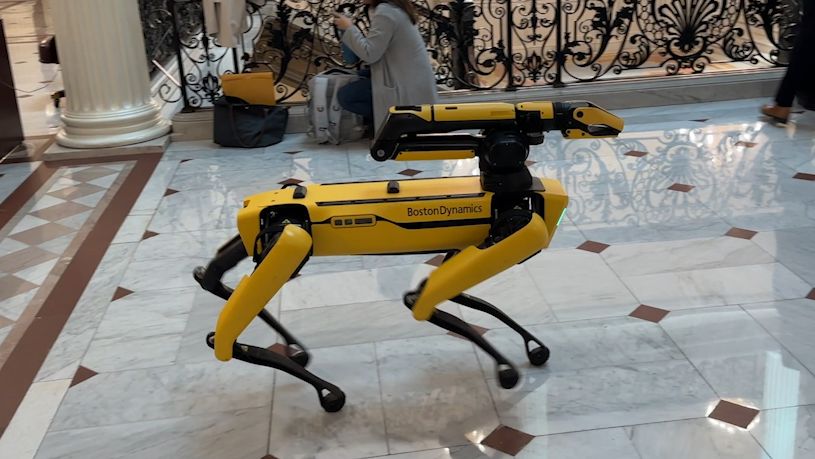HONOLULU (KHON2) — Hairballs, also known as trichobezoars, are a common occurrence in cats, especially those with long fur.
According to Cornell University, “a large clump of ingested hair can block a cat’s intestinal tract and pose a deadly threat.”
Get Hawaii’s latest morning news delivered to your inbox, sign up for News 2 You
So, with Hawaii having a higher rate of pet ownership than the rest of United States, according to Pet Hospitals of Hawaii, it’s important to be able to spot signs of distress in your cats in order prevent some easily preventable problems, like hairballs.
There are an estimated 60% of households that have at least one cat or dog. This is compared to a national average which is 36.5%.
So, there are lots of cats out there experiencing hairballs.
Here’s a breakdown of their prevalence, recognition, treatment, and the potential for them to become a chronic issue.
Prevalence of Hairballs in Cats
Hairballs are particularly common in cats because they groom themselves frequently which leads to them swallowing hair in the process.
Most of the hair passes through the digestive system without issue; but sometimes, it can accumulate in their stomachs and form a hairball.
For those who have long-haired breeds like Persians and Maine Coons, it’s important to know that they are more susceptible to forming hairballs due to their dense fur.
Recognizing Hairballs
Cats with hairballs may exhibit the following symptoms:
- Hacking, retching or gagging: This is often the most noticeable sign which is the cat’s effort to expel the hairball.
- Vomiting: Cats may vomit the hairball itself, which typically appears as a cylindrical mass of hair.
- Lack of appetite or lethargy: If a hairball is causing a blockage or discomfort, then the cat might eat less or be less active.
- Constipation or diarrhea: Hairballs can impact the gastrointestinal tract which leads to irregular bowel movements.
Treating Hairballs
Treatment and prevention of hairballs can include:
- Regular grooming: Brushing your cat frequently can help reduce the amount of hair they ingest.
- Hairball formula cat food: Some cat foods are designed to improve coat health and reduce shedding or to facilitate the passage of hair through the digestive tract.
- Lubricants: Specialized hairball gels or pastes can help lubricate the hair to pass more easily through the intestines.
- Fiber supplements: Adding fiber to a cat’s diet can help move hairballs along the digestive tract. Fresh catnip is a great way to get fiber into their diets.
Chronic Issues
For most cats, hairballs are a normal and occasional occurrence.
However, frequent hairballs can indicate underlying issues such as excessive grooming due to stress, skin problems or allergies. In rare cases, hairballs can cause gastrointestinal blockages which might require surgical intervention.
If your cat is experiencing frequent hairballs or any complications from them, then it’s important to consult a veterinarian.
They can help determine if the hairballs are a symptom of a chronic condition or if there are other health issues at play.
The vet may recommend changes to grooming routines, diet adjustments or further investigation into potential causes of excessive grooming.
Get news on the go with KHON 2GO, KHON’s morning podcast, every morning at 8
Overall, while hairballs are a common aspect of a cat’s life, attentive care and regular grooming can help minimize their frequency and prevent them from becoming a more serious issue.









